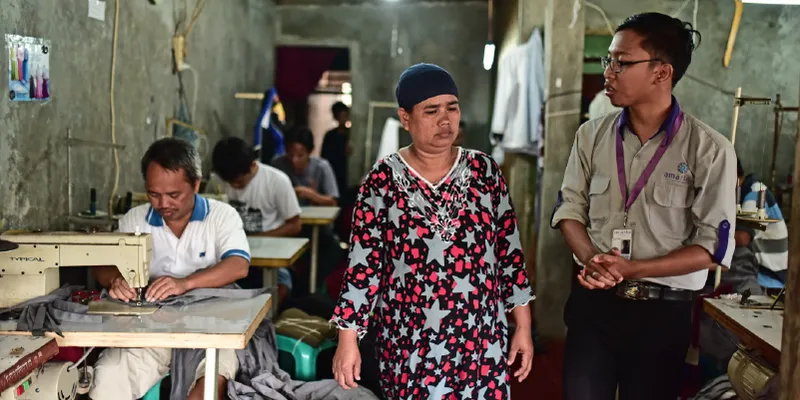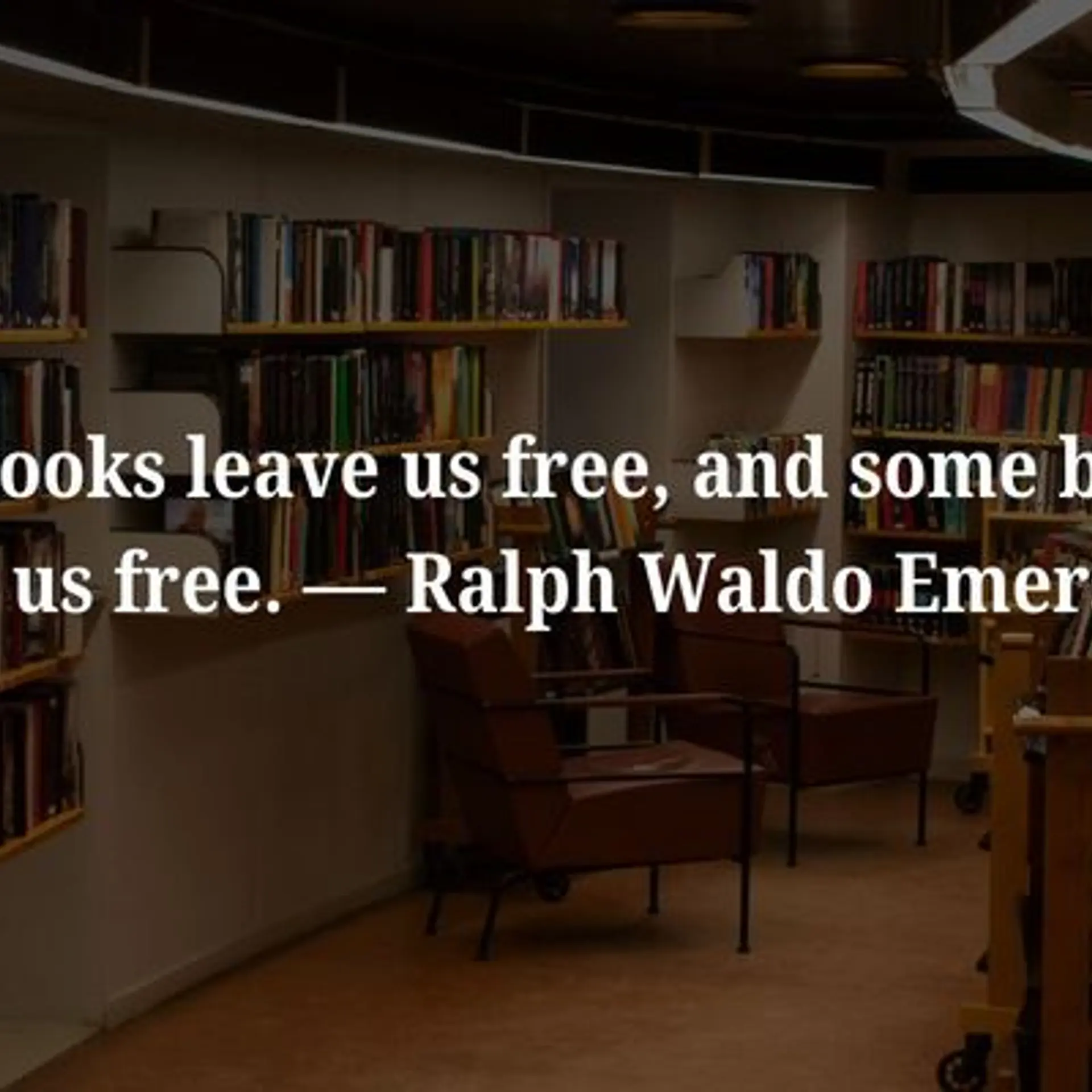In a largely-unbanked Indonesia, Amartha uplifts women micro-entrepreneurs
Twenty-six people, four nationalities, 10 days. Travelling across Southeast Asia as a Startup AsiaBerlin Roadshow delegate to explore startup ecosystems was an experience unto itself.
Stories of entrepreneurship by my co-delegates were not only inspiring, but also gave me insights on the unique challenges of each country, and how companies bring solutions to make a difference.
Aria Widyanto was one of them. With a constant Buddha-like smile and a gentle demeanor, his efforts have brought smiles to the faces of women in Indonesia’s villages. Amartha, where Aria is the vice president, is a financial technology startup and aims to provide affordable financial access and mentorship to Indonesia’s largely unbanked population that lives below the poverty line.
Amartha has so far disbursed over $13 million to 60,000 women micro-entrepreneurs and aims to improve their income, and ultimately quality of life.
What started as a social experiment to understand the needs of the underprivileged, took the shape of a cooperative lending to women borrowers. Since its transformation into a fintech, Amartha has seen loan disbursals grow by over 8X in less than two years.
The company claims to be the only fintech company in the world to combine a peer-to-peer lending platform with a group lending concept. It connects lenders who wish to invest their money online with borrowers in villages who need affordable working capital.
To know more about the business model that is reaching out to the 91.5 percent unbanked population of Indonesia, read on.
YourStory: Tell us about your startup, what does it do? What were the challenges of setting up, and scale, and how did you overcome them?
Aria: Amartha is an Indonesian financial technology startup that focuses on providing affordable financial access, and mentorship to the unbanked population living below the poverty line. Amartha operates much like a peer-to-peer lending platform, and so far, has disbursed more than $13 million to 60,000 borrowers. The borrowers are mostly women micro-entrepreneurs and Amartha aims to improve their income, and ultimately alleviate their status through financial inclusion.
As a technology startup, Amartha has found creative ways to integrate technology with the spirit of mutual-cooperation. In addition to credit scoring technology and loan origination applications, it has developed a network of field officers in rural areas to help micro businesses gain online access to apply for funds.
Field officers play an important role in developing a platform among the unbanked community that relies on cash transactions. This mutual-cooperation will helps avoid bad debts as members of the community are expected to look out for each other. Of the 60,000 borrowers served, no loan has yet been written-off. In fact, the on-time repayment rate has been maintained above 99.5 percent throughout the loan cycle.
When we talk of the challenges to scale up, most of our borrowers are unbanked, live in rural areas and have no cell phones. Disbursement and repayment of every loan is mostly done in cash. To cope with this challenge, we are prototyping a Cash Point technology to improve DIY (do it yourself) services for our borrowers, so that they can repay their loan or receive loan disbursement through a cash point closest to them, instead of our field officers personally interacting with borrowers.
YS: How did you come up with the idea, and what was the Eureka moment?
Aria: In 2010, my friend, and Amartha Founder Andi Taufan started a social experiment to understand the needs of the underprivileged community. This was followed up by establishing a cooperative to lend $50 to women who need affordable capital with a profit sharing principle. At that time, Andi was the director of the cooperative, and I was the Chairman of the Board at a bank.
The cooperative operated as a conventional microfinance institution and after five years of operations, the business model did not give much opportunity to scale up. In 2015, the entity was transformed into a for-profit company under the Licence of Financial Technology. Since transforming into a fintech, in less than two years, we have grown more than 8x in terms of the loan disbursed.

I would say there was not really a Eureka moment in our journey. There have been continuous processes and failures, experiments and multiple iterations, over and over again. Even today, we keep reinventing ourselves, trying something new and experiment the unthinkable.
We grow with the process, and listen to our customers to determine what is the next ‘right’ move. We grow and evolve with the changing environment, and the behavior of our customers.
YS: How did you build the core team of co-founders and initial employees? How did you meet, and how did everyone align to the idea? What is the current team size?
Aria: As Employee Number 2 after the founder, I personally interviewed and picked most of the leadership team that formed our initial management team. Founder Andi and I have been close friends since our college days. Prior to Amartha, we've been involved in various activities, projects and doing business together. Currently, we have 70 people at the head office in Jakarta, and more than 250 people on the field and in branches. In total, we have 320 full time employees.
YS: Give us a background of your core team and yourself.
Aria: Our management team consists of professionals and experts. Before joining Amartha, our team members have worked at IBM, Microsoft, Facebook, and major consulting firms like BCG and McKinsey. I was a banker with Citibank and the Bank of Tokyo-Mitsubishi UFJ prior to joining Amartha.
People join Amartha because we do business with a purpose. We have clear business goals. In terms of age, most of us belong to the millennial generation and are aged between 25 and 35 years.
YS: Could you give details on the revenue, traction and growth since inception?
Aria: When we started operations in April 2016, we disbursed $40,000 a month. By the end of 2016, we were disbursing $800,000. Today, on average, we disburse $2.5 million per month. So far, we have disbursed more than $13 million, across more than 60,000 borrowers. The average ticket size of a loan now is around $300.
YS: What is the one thing that sets you apart from your competitors and what's your revenue model?
Aria: We are the only fintech company in the world to combine a peer-to-peer lending platform with the group lending concept. We use technology to reach out further and faster, but human interaction to deliver financial literacy training and business coaching.
We charge a fee based on the profit sharing principle. Of the 22-30 percent annual interest rate paid by borrowers, we collect 11-13 percent for our revenue.
YS: How are you funded?
Aria: We were initially bootstrapped, and secured Series A funding in January 2017 led by MCI, the investment arm of Bank Mandiri, the biggest lender in Indonesia.
YS: How does the product and platform work? How does your service work?
Aria: Operating as a peer-to-peer lending platform with amartha.com, we connect lenders, both individuals and institutions, with borrowers in rural areas who need affordable working capital. We select potential borrowers with our proprietary credit scoring system, which combines the conventional score card system to measure the capability to repay with a psychometric approach to measure willingness to pay.
All this data is embedded into an Android-based application which is used by our field officers who travel to remote villages to perform due diligence. Once a potential borrower is screened and approved, the loan request is displayed on our marketplace platform and is ready to be funded by lenders.
Lenders can log in to our platform to select potential borrowers to be funded. They can choose from potential borrowers based on risk appetite, as indicated by the credit score assigned to every borrower, and also based on the ticket size of the loan or the region where a borrower lives.
Lenders can pay disburse loans online through a virtual account. Once a borrower gets funded online, our field officers deliver cash within a week.
Every week, our field officers facilitate a group meeting of borrowers (typically with 15-20 women borrowers in a group). At this group meeting, repayment and disbursement of loans take place, and all these transactions are in cash).
Besides financial transactions, our field officers also act as a "business coach" to these women entrepreneurs, educating them on financial literacy and general business initiatives.
YS: Future plans?
Aria: In the next five years, we aim to serve 1 million women micro-entrepreneurs in Indonesia.
YS: What is the unique proposition of your platform? How many people have you impacted?
Aria: We are the only fintech platform in Indonesia that serves the unbanked population in rural villages, and all of our borrowers are women micro-entrepreneurs.
To date, we have served more than 60,000 women in over 500 villages across Java island, Indonesia.
YS: Do you have plans to expand beyond Indonesia?
Aria: Yes, we plan to foray mainly to Southeast Asian countries, where financial inclusion is still low.







